Sandeep Sharma
A deep learning approach to predict the number of k-barriers for intrusion detection over a circular region using wireless sensor networks
Aug 25, 2022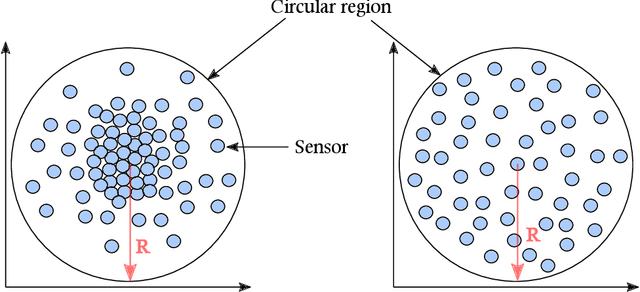
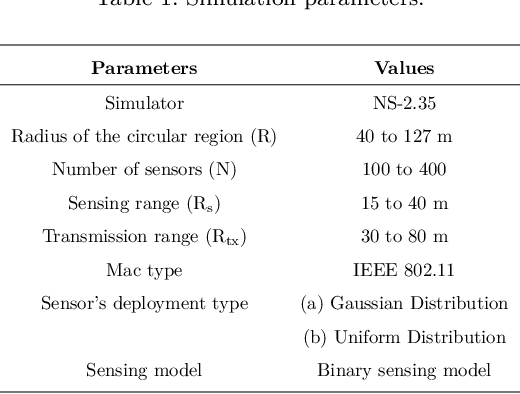
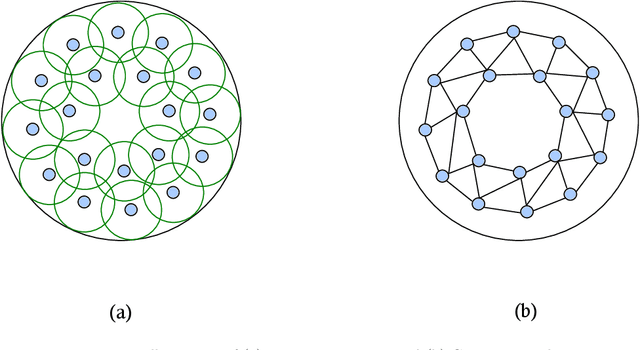
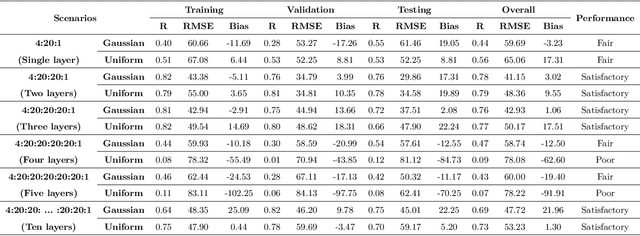
Abstract:Wireless Sensor Networks (WSNs) is a promising technology with enormous applications in almost every walk of life. One of the crucial applications of WSNs is intrusion detection and surveillance at the border areas and in the defense establishments. The border areas are stretched in hundreds to thousands of miles, hence, it is not possible to patrol the entire border region. As a result, an enemy may enter from any point absence of surveillance and cause the loss of lives or destroy the military establishments. WSNs can be a feasible solution for the problem of intrusion detection and surveillance at the border areas. Detection of an enemy at the border areas and nearby critical areas such as military cantonments is a time-sensitive task as a delay of few seconds may have disastrous consequences. Therefore, it becomes imperative to design systems that are able to identify and detect the enemy as soon as it comes in the range of the deployed system. In this paper, we have proposed a deep learning architecture based on a fully connected feed-forward Artificial Neural Network (ANN) for the accurate prediction of the number of k-barriers for fast intrusion detection and prevention. We have trained and evaluated the feed-forward ANN model using four potential features, namely area of the circular region, sensing range of sensors, the transmission range of sensors, and the number of sensor for Gaussian and uniform sensor distribution. These features are extracted through Monte Carlo simulation. In doing so, we found that the model accurately predicts the number of k-barriers for both Gaussian and uniform sensor distribution with correlation coefficient (R = 0.78) and Root Mean Square Error (RMSE = 41.15) for the former and R = 0.79 and RMSE = 48.36 for the latter. Further, the proposed approach outperforms the other benchmark algorithms in terms of accuracy and computational time complexity.
* Singh, A., Amutha, J., Nagar, J., & Sharma, S. (2022). A deep learning approach to predict the number of k-barriers for intrusion detection over a circular region using wireless sensor networks. Expert Systems with Applications, 118588
Nature-Inspired Algorithms for Wireless Sensor Networks: A Comprehensive Survey
Dec 24, 2020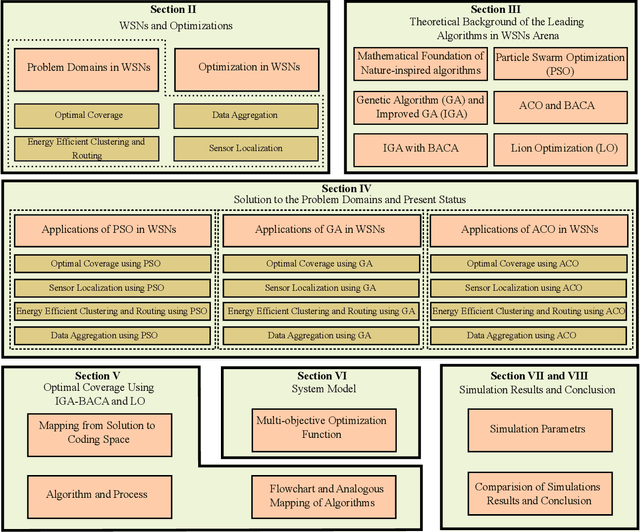
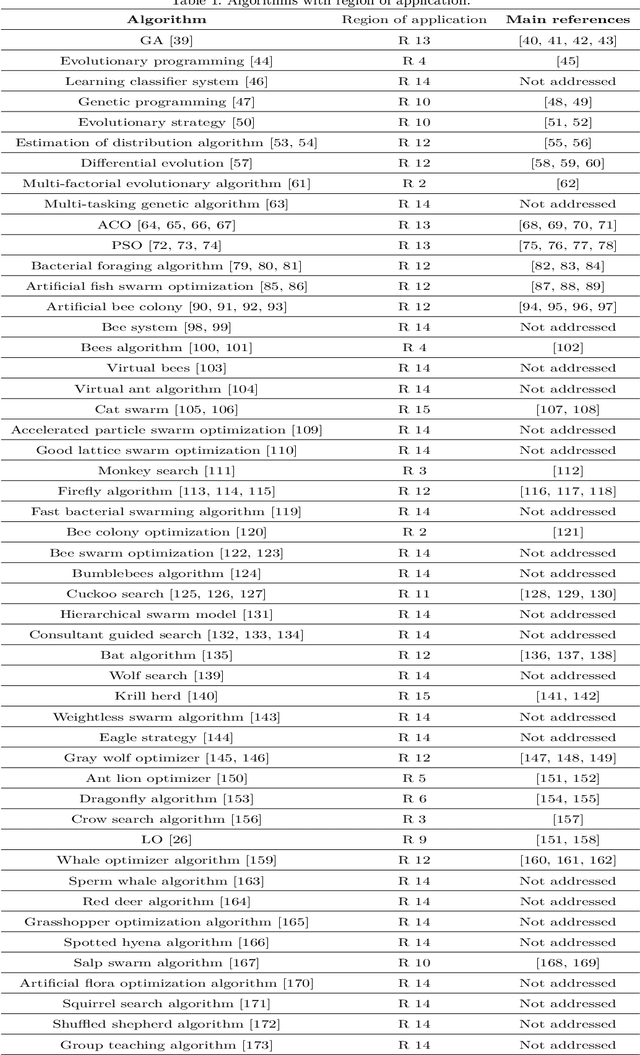
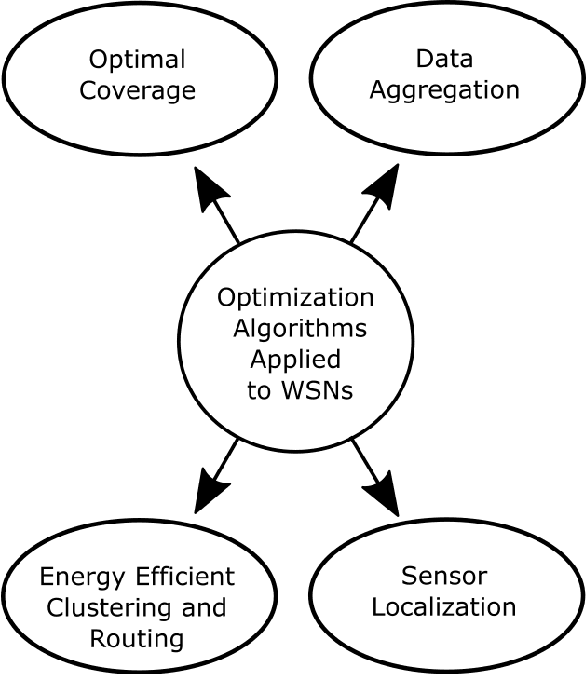
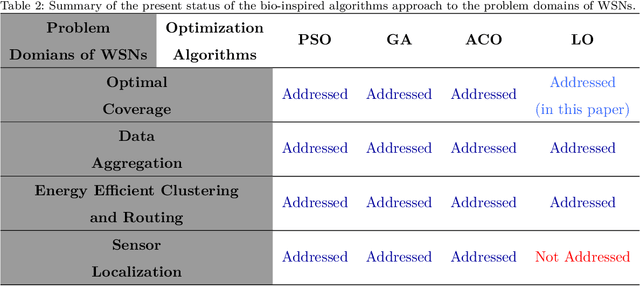
Abstract:In order to solve the critical issues in Wireless Sensor Networks (WSNs), with concern for limited sensor lifetime, nature-inspired algorithms are emerging as a suitable method. Getting optimal network coverage is one of those challenging issues that need to be examined critically before any network setup. Optimal network coverage not only minimizes the consumption of limited energy of battery-driven sensors but also reduce the sensing of redundant information. In this paper, we focus on nature-inspired optimization algorithms concerning the optimal coverage in WSNs. In the first half of the paper, we have briefly discussed the taxonomy of the optimization algorithms along with the problem domains in WSNs. In the second half of the paper, we have compared the performance of two nature-inspired algorithms for getting optimal coverage in WSNs. The first one is a combined Improved Genetic Algorithm and Binary Ant Colony Algorithm (IGABACA), and the second one is Lion Optimization (LO). The simulation results confirm that LO gives better network coverage, and the convergence rate of LO is faster than that of IGA-BACA. Further, we observed that the optimal coverage is achieved at a lesser number of generations in LO as compared to IGA-BACA. This review will help researchers to explore the applications in this field as well as beyond this area. Keywords: Optimal Coverage, Bio-inspired Algorithm, Lion Optimization, WSNs.
Edge Detection Based Shape Identification
Apr 07, 2016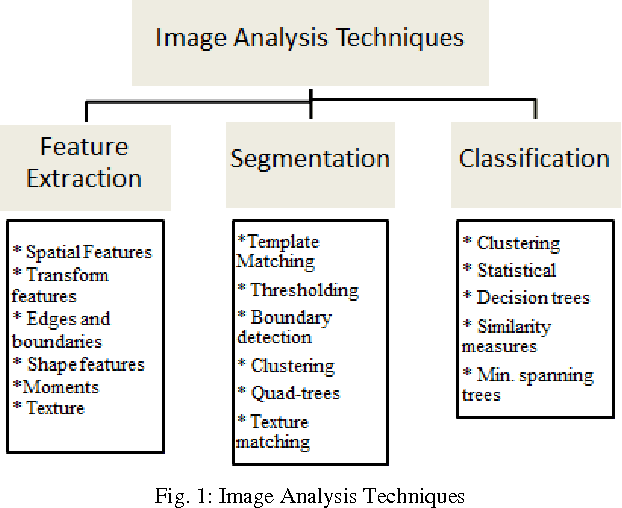
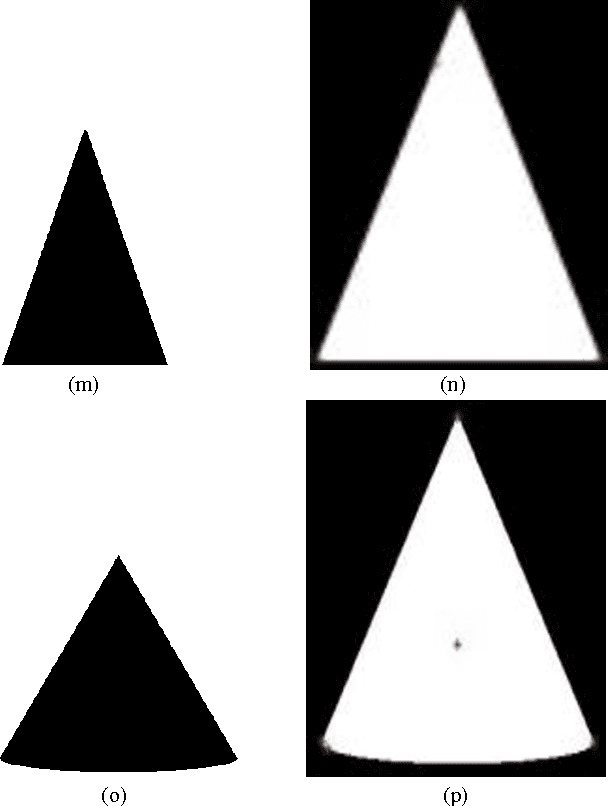
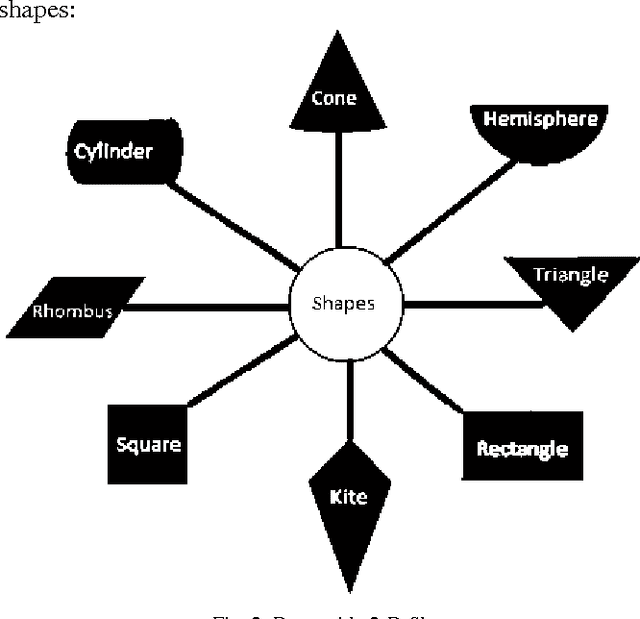
Abstract:Image recognition is the need of the hour. In order to be able to recognize an image, it is of immense importance that the image should be distinguishable from the background. In the present work, an approach is presented for automatic detection and recognition of regular 2D shapes in low noise environments. The work has a large number of direct applications in the real world. The algorithm proposed is based on locating the edges and thus, in turn calculating the area of the object helps in identification of a specified shape. The results were simulated using MATLAB tool are encouraging and validate the proposed algorithm. Index Terms: Edge Detection, Area Calculation, Shape Detection, Object Recognition
 Add to Chrome
Add to Chrome Add to Firefox
Add to Firefox Add to Edge
Add to Edge